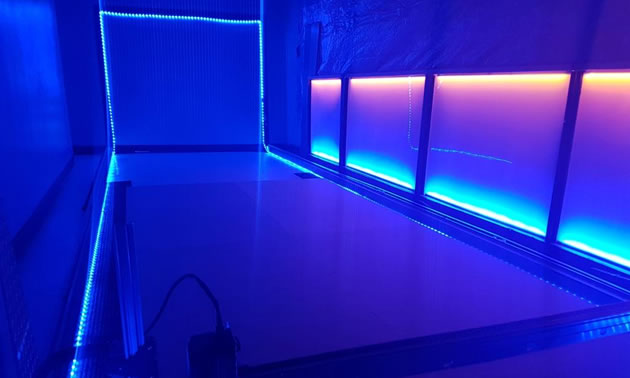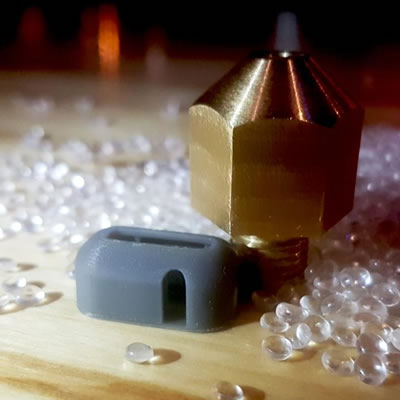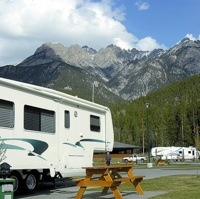The world’s first 3D-printed camper will be printed in Saskatoon

February 2, 2018 – Saskatoon-based Wave of the Future 3D, with assistance from Create Café 3D Printing Solutions Inc. and Saskatchewan Polytechnic, will begin producing the world’s first 3D-printed full-sized camper on February 8, 2018.
Named The Wave, the camper designed by Wave of the Future 3D, will be printed in one piece, will be 13’ in size, weigh 600 lbs and have a 100-year life expectancy. Printing is expected to take 10-14 days. The public are welcome to watch the printing process live in-person at Create Café during business hours (8 a.m.–8 p.m.) or on Create Café’s Facebook page between 12:00 p.m. and 1:00 p.m.
“We believe any problem can be solved through 3D-printing,” says Dustin Maki, CEO and founder of Create Café. “We are excited to 3D-print the world’s first camper. This project wouldn’t be possible without our relationship with Sask Polytech. Through an applied research grant we collaborated on the development of custom, high-flow nozzles that push the boundaries of 3D-printing.”
The camper will be printed at Create Café on a custom ErectorBot 3D Printer nicknamed Printron – the largest indoor 3D printer in North America and the only one in Canada. Printron measures more than 28’ long and more than 7' in width and height. Printron is owned by Randy Janes owner of Wave of the Future 3D. Future production and sales of the camper will be completed by Wave of the Future 3D.

The high-flow printing nozzles required to print the 3D camper were developed and produced through a Sask Polytech applied research project with Tim Muench, program head, and Lorne Diakow, instructor for the CAD/CAM and Mechanical Engineering programs. These high-flow printing nozzles are crucial to the project; Printron could not print the camper without them.
“This leading edge applied research partnership creates unique learning opportunities for our students. They are provided the opportunity for first-hand experience with ground-breaking technology, and exposure to new career options,” says Dr. Larry Rosia, Sask Polytech president and CEO. "We have a great applied research relationship with Create Café, with countless synergies. This is another example of being able to learn from each other and share Sask Polytech’s expertise to support industry in solving every day, real-world problems.”
The main benefits of The Wave over traditionally manufactured campers are:
- 100 year life expectancy- PETG is a commonly used 3D printing material and can be recycled just like a pop bottle, is abrasion resistant, and eliminates water damage.
- One-piece print - The unibody design produces a stronger structure and reduces manual labour.
- Fully customizable- including colour, windows, layout, and appliances.
Don’t miss this behind the scenes look at creating one of the largest 3D prints in Canada!








